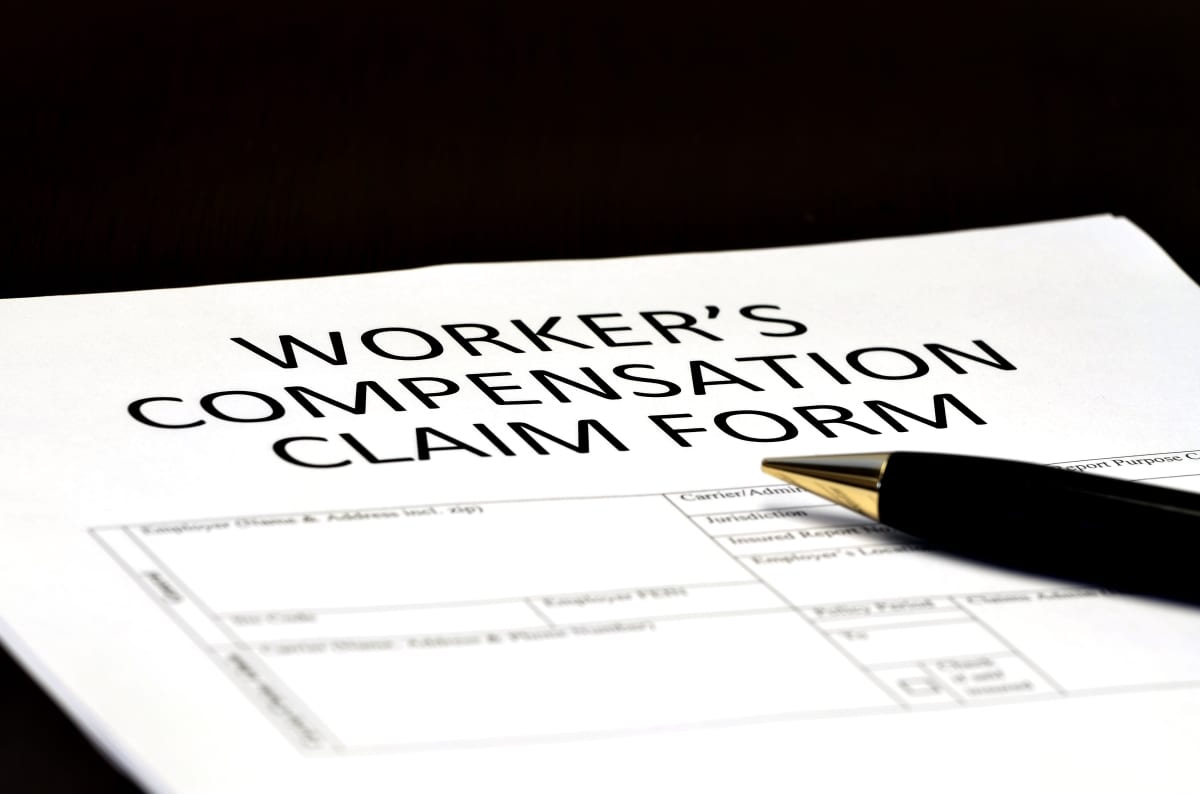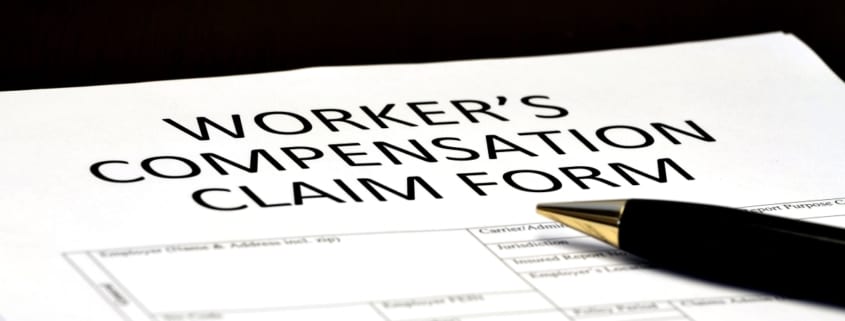Workers Compensation Claims Process

Navigating the Workers Compensation Claims Process
Today, we know workers compensation insurance (also called workers’ comp) is in place through our employers to protect us in the event we are injured or become ill due to a job. Workers have to understand how to file workers compensation claims. But few of us are aware that the concept has its origins in an idea that arose in ancient times—2050 B.C. to be specific. The concept has come a long way from Sumeria 4,000 years ago to present day United States.
Workers’ Compensation Overview
Workers’ compensation covers such things as:
- Medical expenses
- Travel reimbursement
- Wage replacement
Each state typically has its own rules regarding employer-required workers’ compensation coverage, reporting and what a claim must include. Details can vary widely.
Most states require employers to have workers’ compensation insurance in place. But not all have chosen to. California, for instance, requires all employers with one or more employees to carry workers’ compensation insurance, while in Texas private employers can opt for workers’ comp but it is not required.
Employers in North Dakota, Ohio, Washington, West Virginia and Wyoming must get coverage through state-owned programs.
For information about your state’s requirements use the interactive map below.
2022 workers’ compensation insurance requirements for each state
Employers’ Administration of Workers Compensation Claims
Employers have certain responsibilities with workers compensation claims.
1. Education
Companies should educate both employees and management on workers’ compensation and their internal processes of dealing with workers compensation claims.
- Information should be laid out in employee handbooks and procedure manuals.
- It can be posted on the company intranet or as a state-provided poster outline information as required.
- Companies should train supervisors about the ins and outs of the requirements for reporting any work-related illnesses or injuries.
2. Reporting
Employee training should include reporting incidents to the proper individual in the company, often in human resources, management or member of the health and safety committee.
When an injured or ill worker reports a related work incident, the company’s designated representative should:
- Assess the situation to determine if first aid is needed.
- If possible, provide the employee first aid as soon as possible.
- If the injury is of a more serious nature, the person’s emergency contact should be notified.
- For more serious situations, medical care should be taken care of by health professionals.
- The employer must immediately ensure that the area where the injury occurred is safe.
3. Completing an incident report
Report requirements can vary. Ideally, the designated representative, can help the employee fill out the proper form detailing the incident including:
- Date and time of the injury or illness
- Where the incident occurred
- Injury or illness description
- Treatment received so far
- Date employee returned the form to the employer
4. Filing the report
Once the form is completed, the company files it with the workers’ compensation insurer they use. Some carriers prefer electronic submission. The state might require employers to also submit the report to that state’s workers’ compensation agency. The workers’ compensation insurance provider may file the report for employers.
5. Following up
Employers keep in touch with the workers’ compensation carrier regarding the claim and submit forms and information as needed by the insurance provider. Additional documents requested by the provider typically relate to number of lost workdays, updates on the employee’s ability to return to work and salary information to help determine wage replacement benefits.
6. Communicating with employee
It is essential that the company keeps the claimant employee up to date on the process and progress through scheduled phone calls with the employee, mail or email.
7. Timeline for returning to work
Getting the employee back to work is the goal. The company looks at any adjustments to the workplace that need to be made to accommodate the employee when they return. Dates for the timeline may need to be coordinated if other benefits being received at the same time as workers’ compensation such as Family and Medical Leave Act (FMLA), the Americans with Disabilities Act (ADA), and state leave laws or company-provided leave.
8. Returning to work
When the employee returns to work adjustments may need to be made according to medical restrictions as determined by a doctor. It is not uncommon for returning employees to do so with accommodations to the work and/or workstation. If necessary, the Equal Employment Opportunity Commission (EEOC) allows for reassignment or transfer of an employee who is disabled to an alternate position if needed.
9. When the employee cannot return to work
After being on leave, the employee’s physician documents if the employee is not ready to return and needs an extended leave, or that they may not be able to return at all. The employer will determine whether or not the employee is eligible for more leave under FMLA, the ADA, state, or the company.
The Employee’s Process
If an employee is injured on the job, or becomes ill because of it, they have the legal right to file for workers compensation claims. Here is an overview of the steps involved:
- Get immediate medical attention – Getting treatment right away is important to the employee’s health, and most states require proof of treatment when the employee files for workers’ compensation. Treatment can be sought from a particular doctor according to policy document, or from the employee’s personal physician.
- Let the employer know about the injury as soon as possible – Give a verbal report and then put it in writing. This is an important step even if the employee feels okay because it will be required if a claim is filed.
- Fill out a claim – When an injury is reported to an employer, they will probably provide the employee a claim to fill out.
- The employer files the claim – Employers are required by law to file a completed claim with their insurer and the state’s board of workers’ compensation.
- The insurer evaluates the claim – The insurer will notify the employee whether or not it has been accepted. If it is accepted, the amount of compensation to be received is explained.
- Follow up – The employee should continue with any recommended medical treatment and make a note of ways that the hardships caused by the incident. All of this will come in handy if the claim is initially rejected and the employee files an appeal.
Compare Workers Comp Options
If you are an employer, find out what your workers’ compensation provider options are. EINSURANCE.com makes it easy with an online quote tool. Find the workers’ comp insurer that is right for you and your business.

 EINSURANCE
EINSURANCE EINSURANCE
EINSURANCE EINSURANCE
EINSURANCE